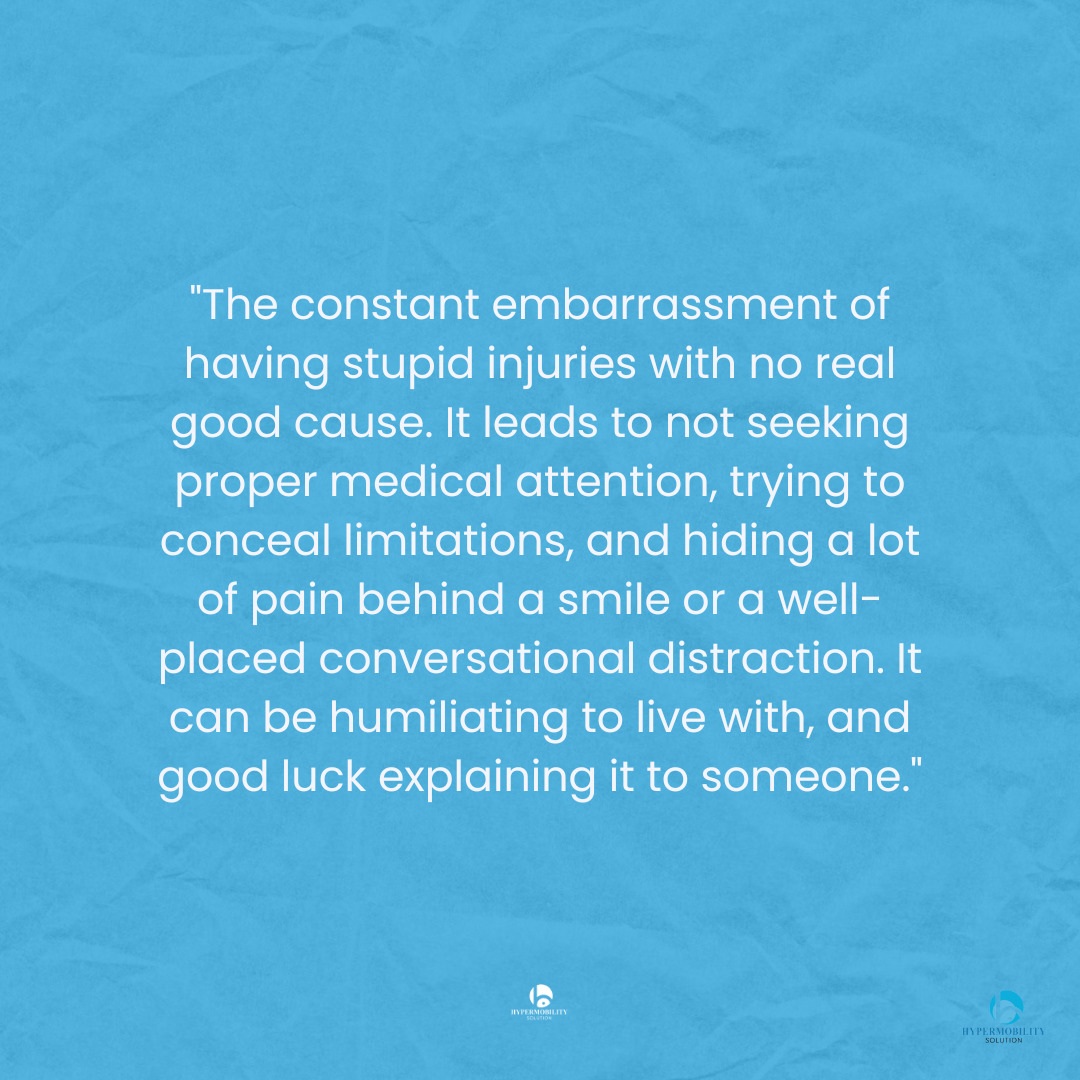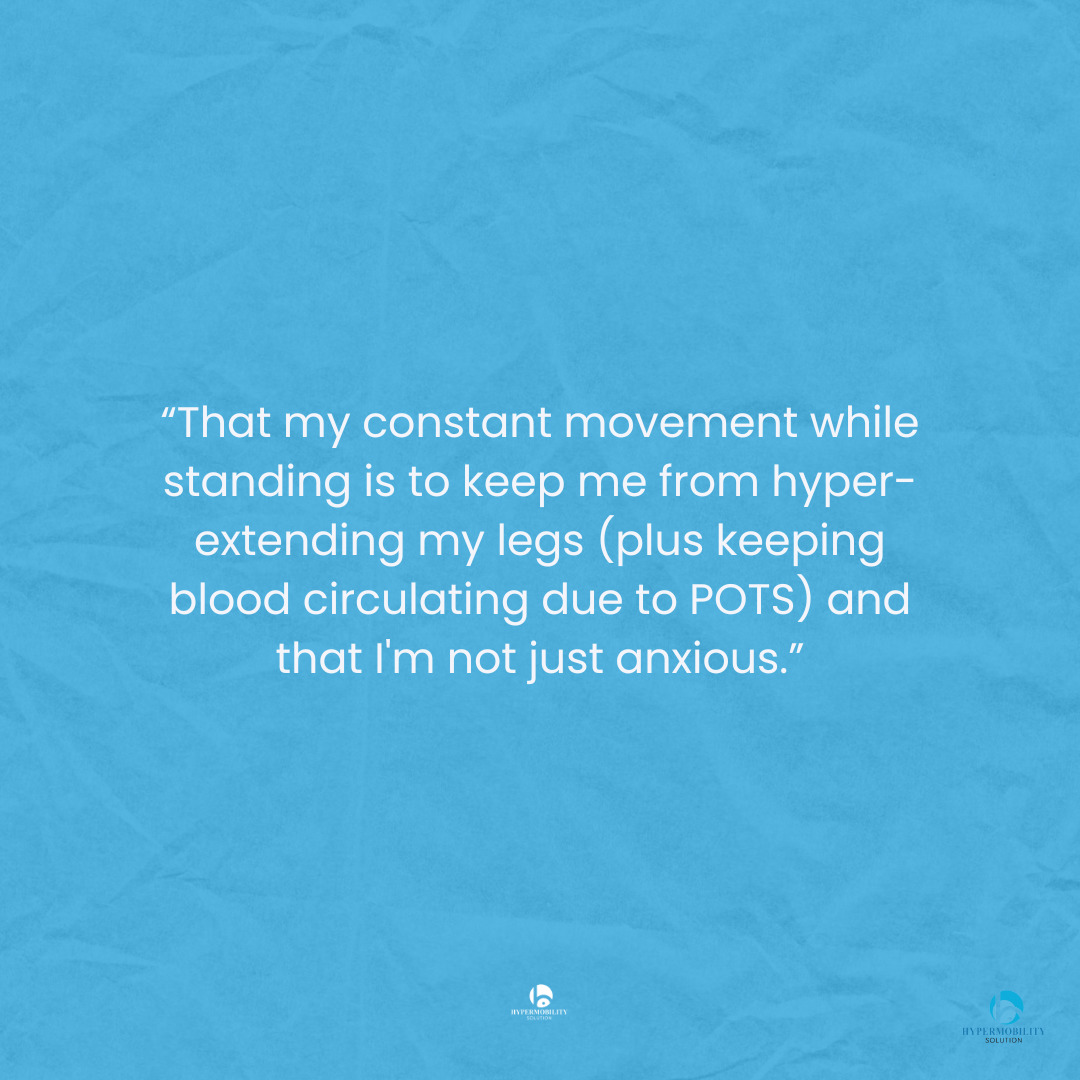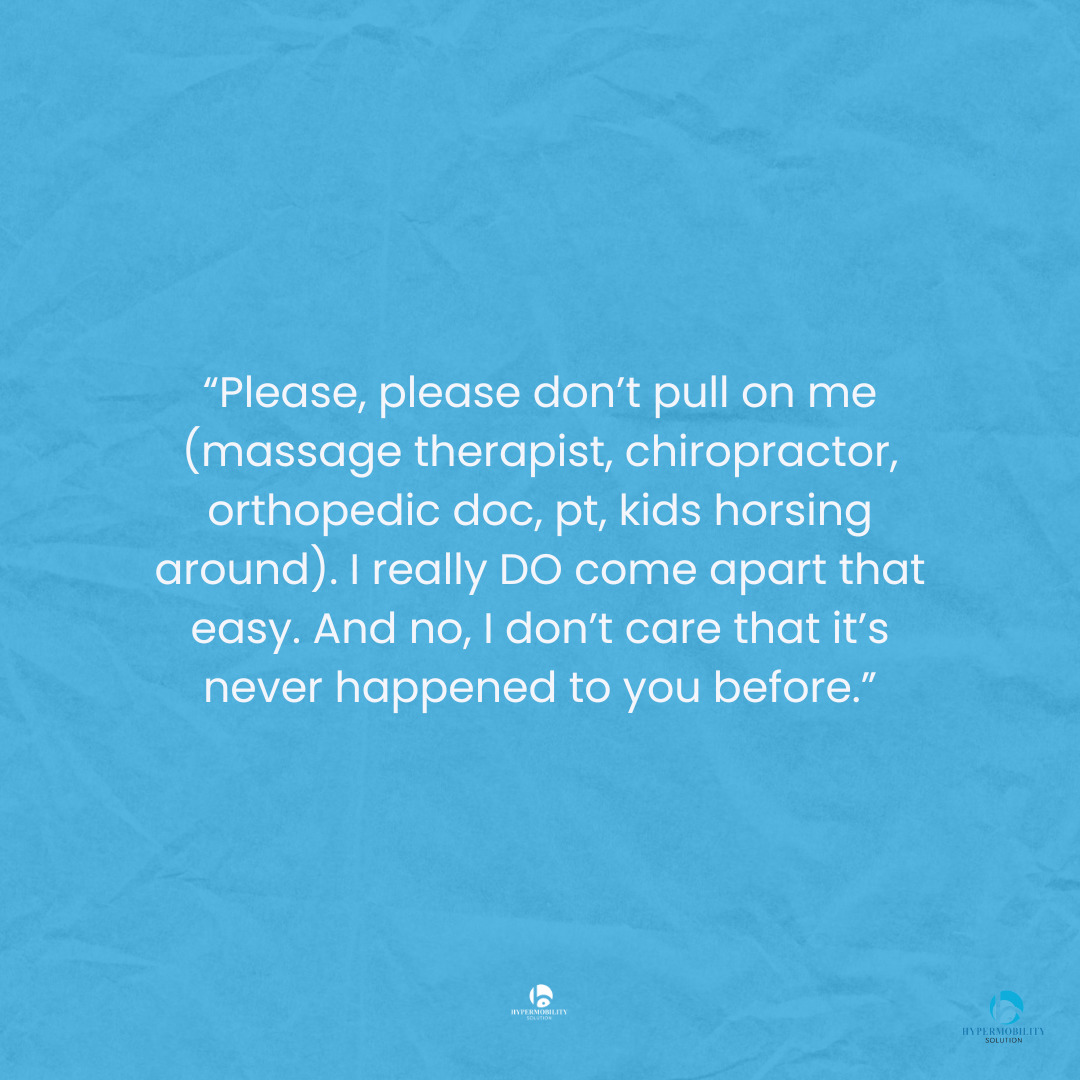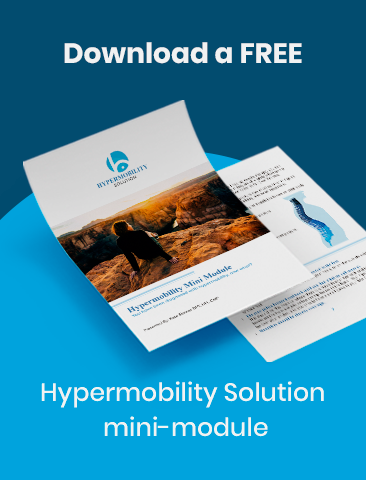Last month, I asked the Hypermobility online tribe to share some things they wished everyone knew about Hypermobility. The response was quick and eye-opening.
The responses were so powerful that I decided to share them with everyone on the blog. Today, I bring a compilation of the answers with some notes on awareness and action.
This is what the Hypermobility Solution Online Tribe shared:
Constant Injuries

It is very common for people with Hypermobility to have frequent injuries. We are more prompt to falls due to poor proprioception, and our joints are constantly hyperextending.
By no means are these injuries stupid, and it is helpful to understand that as a Hypermobile person, you will need more medical care and attention than others. I understand the wish to move on with life without putting pain first, but it is also understandable not to be OK sometimes.
Check out this blog post if you need pointers on sharing your diagnosis with friends, colleagues, and family.
Chronic pain & fatigue

Hypermobility is well-known for causing mental and physical fatigue. It is frustrating since you cannot control when you are too tired to do something you want to do, and then you’re left wondering how to explain your situation to people who may not get it.
The spoon theory is a great way to understand how chronic pain and fatigue work. According to it, you can use a set number of spoons throughout the day to achieve your normal activities.
Things like taking a shower, working, or cooking will use a number of spoons. When you run out of spoons, this means you barely have the energy to do anything else.
The fantastic thing about this theory is that shifting your perspective to buckets of energy that you save and spend as you wish will let you prioritize important things. It will also allow you to understand when it is impossible to do anything else because your spoons just ran out!
Check out this video to learn how to handle chronic pain and fatigue 🔽
POTS

It is common for people with Hypermobility to engage in behaviors that resemble stimming, which is a way to regulate stress and emotions.
Postural Tachycardia Syndrome (POTS) is also related to Hypermobility. POTS is an abnormal increase in heart rate that occurs after sitting up or standing.
Check out this video to learn about the relationship between Hypermobility & POTS 🔽
Proprioception

Have you ever heard of proprioception?
Proprioception, otherwise known as kinesthesia, is your body’s ability to sense movement, action, and location.
You guessed it. Hypermobility is related to poor proprioception, which means we constantly bump into things and are prompt to fall.
Check out this video to learn more about proprioception, balance, and stability 🔽
Vulnerability

This is such a good one. The truth is that we are delicate and need to be treated carefully. If you are not interested in educating your doctor, chiro, ortho, or PT about Hypermobility, I recommend you say you are delicate – they usually respond to that.
Check out this blog post if you want to learn how to talk to your doctor about your hypermobility.
Check out this video to learn if chiropractors are good for Hypermobility 🔽
If you are looking for Hypermobility resources, feel free to check out my blog.
Are you looking to manage your Hypermobility symptoms?
Check out the Hypermobility Solution, the Hypermobile Neck Solution, and Hypermobility 101.

About Kate

Kate Skinner is a Doctor in Physical Therapy, co-founder of Great Divide Physical Therapy, and creator of Hypermobility Solution.
Recent Posts


